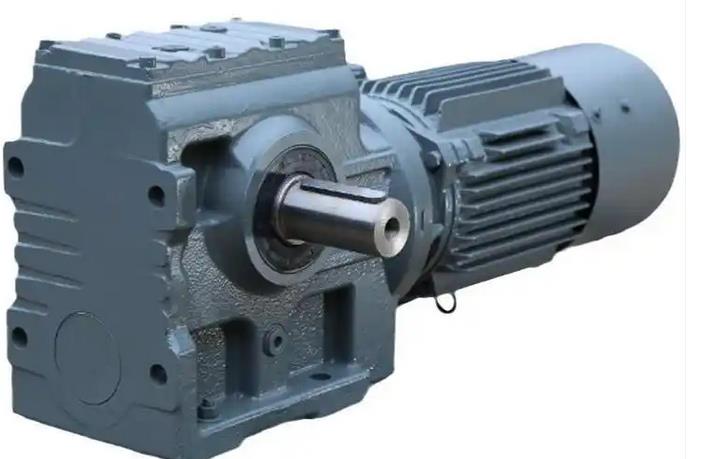Does the replacement cycle of lubricating oil affect the output speed of S67-26.93-M1 hard tooth reducer
The replacement cycle of lubricating oil has an impact on the output speed of S67-26.93-M1 reducer, as follows:
Decreased lubrication effect: If the lubricating oil is not replaced for a long time, its lubrication performance will gradually decrease. The viscosity of oil may change, becoming thicker or thinner, making it difficult to form a good oil film between transmission components such as gears and bearings. This will lead to increased friction between gears, reduced transmission efficiency, and thus affect the output speed, which may result in unstable speed, decreased speed, and other situations.

Reduced heat dissipation performance: The gearbox generates heat during operation and relies on lubricating oil for heat dissipation. Lubricating oil that has not been replaced for a long time will deteriorate its heat dissipation performance and cause an increase in the internal temperature of the gearbox. Excessive temperature can cause thermal deformation of components such as gears and bearings, affecting their fitting accuracy and leading to fluctuations or decreases in output speed. At the same time, high temperatures can accelerate the aging and deterioration of lubricating oil, further deteriorating lubrication conditions.
Accumulation of impurities: With the increase of usage time, impurities such as metal debris, dust, moisture, etc. will gradually mix into the lubricating oil. These impurities can exacerbate the wear of gears and bearings, and may also block the oil circuit, preventing the normal supply of lubricating oil to various lubrication parts, resulting in poor local lubrication, affecting transmission efficiency, and ultimately affecting output speed.
In order to ensure the normal operation and stability of the output speed of the S67 reducer, it is necessary to replace the lubricating oil according to the prescribed replacement cycle. Generally speaking, the lubricating oil of the gearbox should be replaced after 400 hours of initial operation, and the oil change cycle thereafter is about 4000 hours. In practical applications, the oil change cycle can be adjusted according to the usage of the equipment and the working environment. For example, when working in environments with high temperature, humidity, and dust, or in situations with heavy loads, long operating times, and frequent starts and stops, the oil change cycle should be appropriately shortened.

